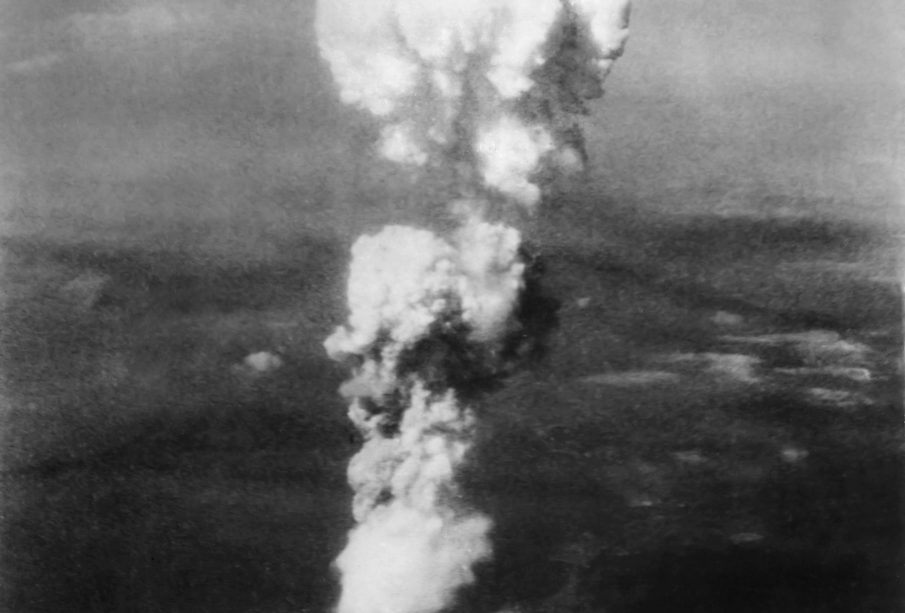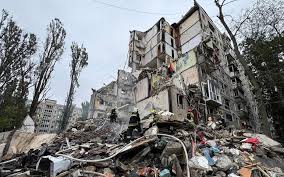Hiroshima: From Devastation to Resilience

Introduction
Hiroshima, a city in Japan, is often remembered for the tragic events of August 6, 1945, when it became the first city in history to experience an atomic bombing. The significance of Hiroshima extends beyond its past; it embodies a powerful narrative of resilience and recovery that resonates with the ideals of peace and the consequences of war. Understanding Hiroshima’s journey is essential not only for its historical relevance but also for its role in advocating for nuclear disarmament and global peace initiatives.
Historical Context
During World War II, Hiroshima was a key military base supporting Japanese forces. On August 6, 1945, at 8:15 AM, the United States detonated an atomic bomb named “Little Boy” over the city. The explosion resulted in immediate catastrophic destruction, killing an estimated 140,000 people by the end of that year. The aftermath left the city in ruins, with survivors facing long-term health complications from radiation exposure.
Rebuilding and Recovery
In the decades following the war, Hiroshima underwent a remarkable transformation. The city embraced the challenge of reconstruction while prioritizing peace. This was epitomized in 1954 with the establishment of the Hiroshima Peace Memorial Park, which commemorates the victims and promotes a message of peace and anti-nuclear advocacy. Today, the A-Bomb Dome, a UNESCO World Heritage Site, stands as a haunting reminder of the bombing while symbolizing the city’s resilience and commitment to peace.
Current Developments
As of 2023, Hiroshima continues to be at the forefront of peace initiatives and education. The city hosts the annual Hiroshima Peace Memorial Ceremony, where survivors, dignitaries, and thousands of participants gather to remember the past and advocate for a nuclear-free world. Recently, the city has also been leveraging technology and civic engagement to promote sustainable development, demonstrating that it not only honors its past but proactively builds a future.
Conclusion
The story of Hiroshima is one of devastation but also of hope, resilience, and a steadfast commitment to peace. As the world grapples with the implications of nuclear weaponry and global conflicts, Hiroshima serves as a poignant reminder of the importance of promoting understanding, tolerance, and advocacy for peace. As we look to the future, the lessons learned from Hiroshima remain significant, urging us to prevent such tragedies and to work collectively towards a peaceful, shared future.









